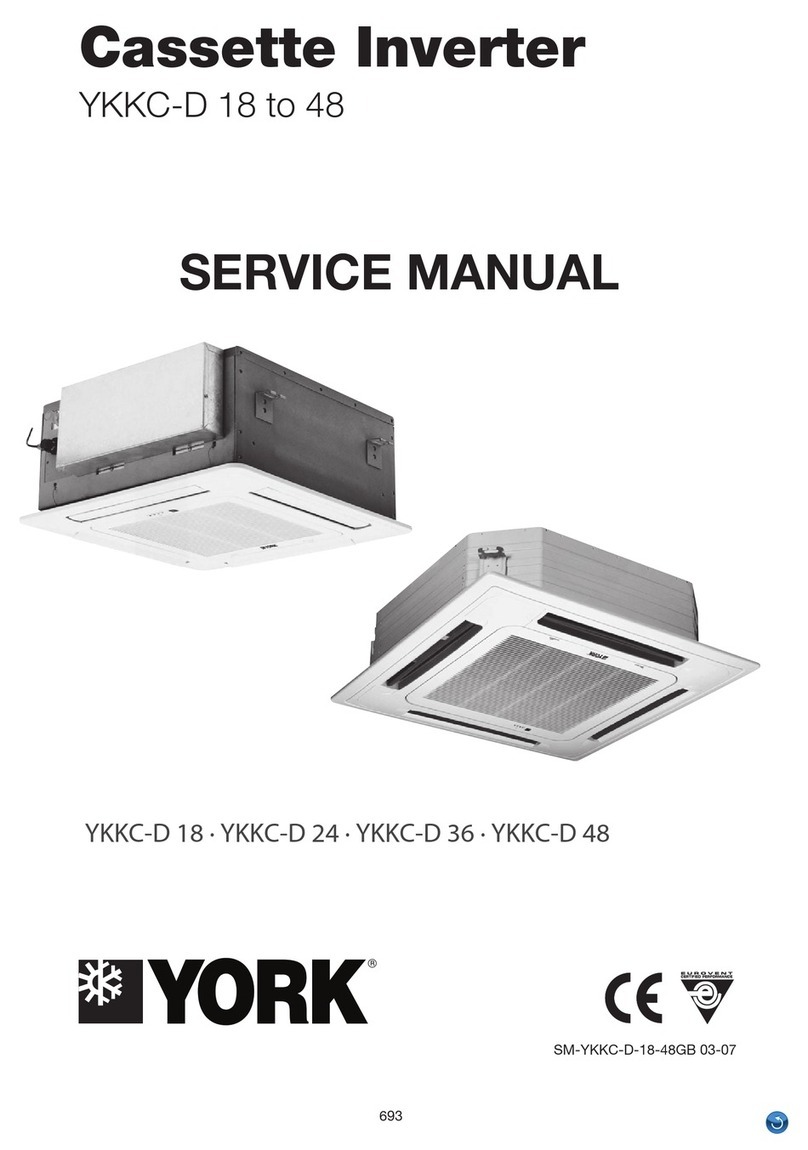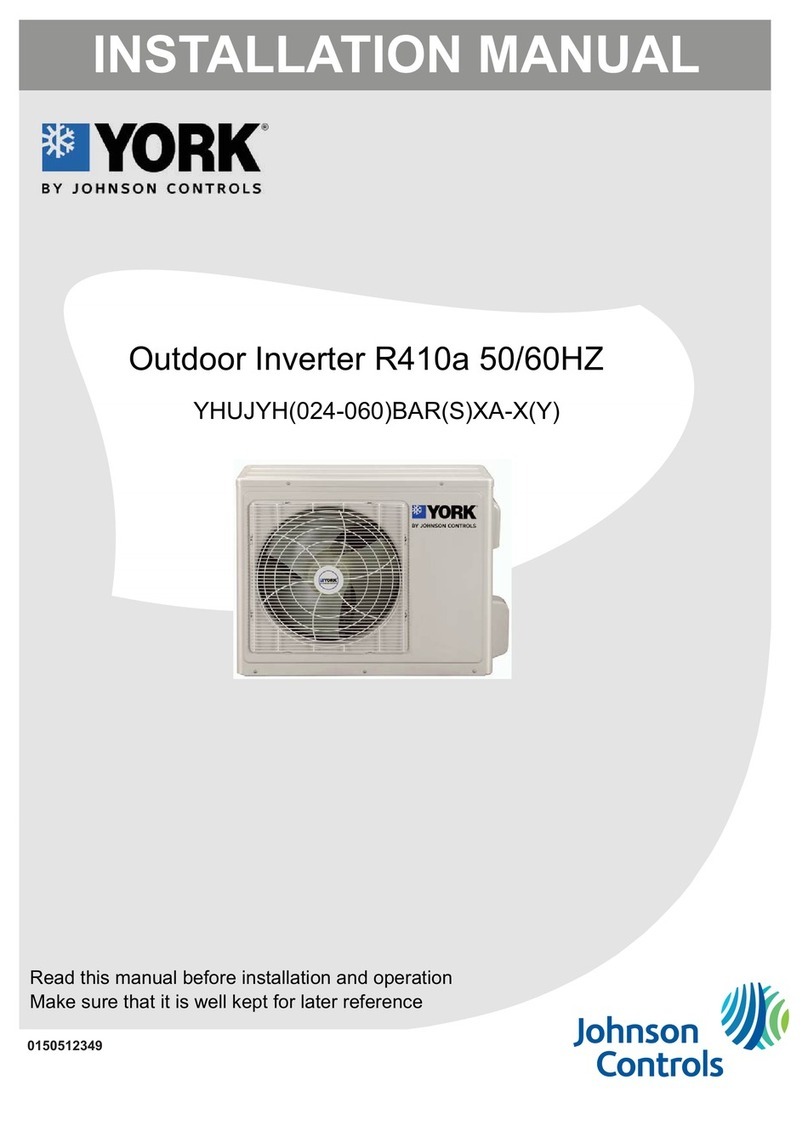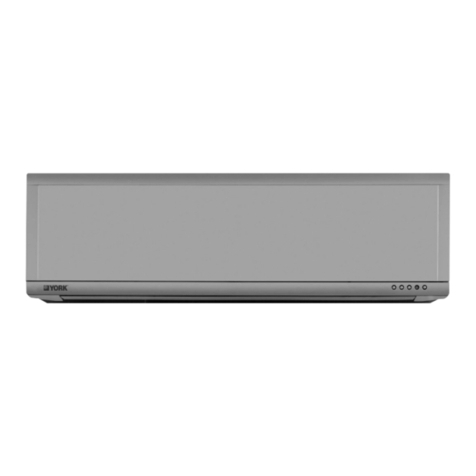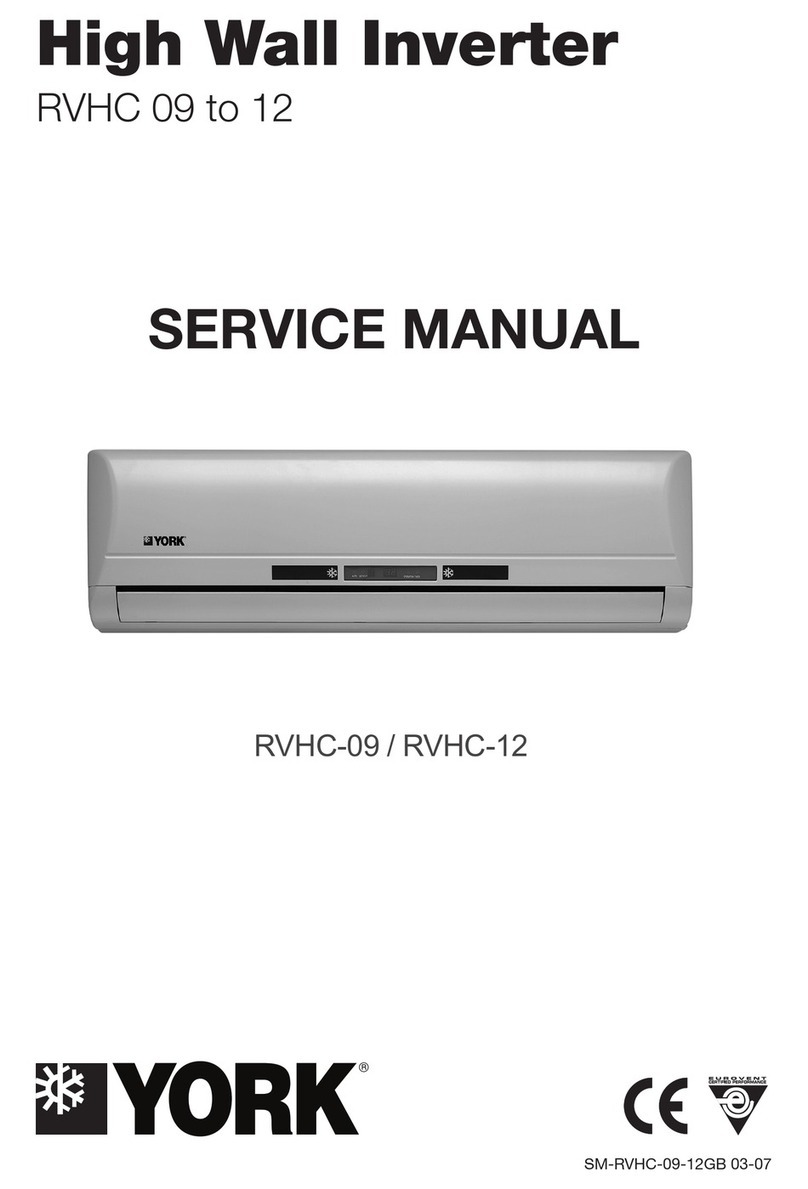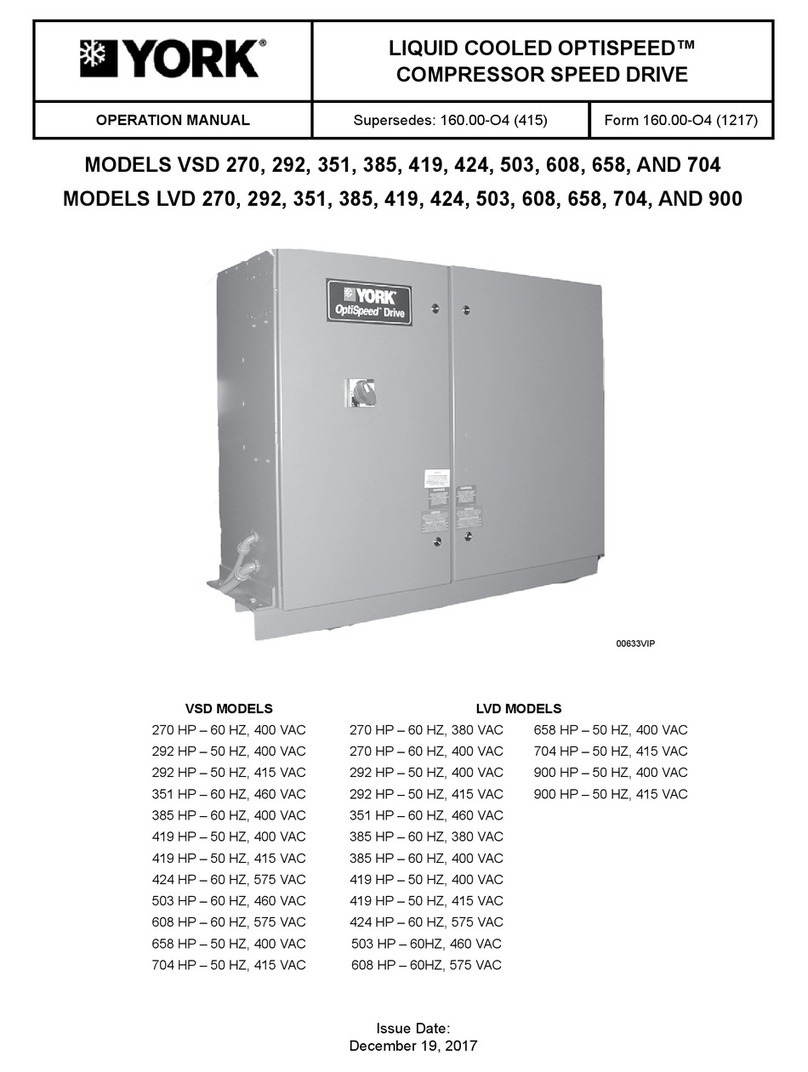
HFG02 Operation Manual
York EMC Services Page 7 of 25 Doc. No. Y0321/DOC/024 Rev. 3
2 DESCRIPTION
The HFG02 simulates equipment under test (EUT), generating known, repeatable
levels of harmonic and flicker disturbance in one of ten modes of operation. These
modes are divided into flicker, harmonics and EUT profiles.
The flicker test modes generate a fixed level of mains disturbance at a rate of 1 Hz
and 8.33/8.6 Hz, depending on the frequency of the Test Supply under test. These
modes support verification of the test systems used for EUT flicker disturbance
measurements as described in the EN/IEC 61000-3-3 test standards.
The harmonics test modes are designed to produce a variety of harmonic and/or
interharmonic-rich current waveforms. These current waveforms support
verification of the test systems used for mains-powered equipment load current
testing as described in the EN/IEC 61000-3-2 test standards.
A selection of EUT modes is also provided. These modes generate disturbances
which simulate certain types of real-world EUT not covered by the generalised
harmonics and flicker modes.
The HFG02 can be used with test systems operating at both 110 Vac and 230 Vac
(nominal) supply voltages, and with either 50 Hz or 60 Hz supply frequencies. The
HFG02 constantly monitors the Test Supply under test and adjusts itself
automatically, indicating the detected voltage and frequency to the operator.
Connection to the test system is by a captive lead pre-fitted with a CEE 7/7
European style plug that fits directly with power outlet used by a wide range of
harmonics and flicker equipment.
The HFG02 itself is powered by a wide-input range AC/DC power supply unit that
is powered separately from the Test Supply under test. This ensures that the
disturbance signals generated by the HFG02 are not affected by the need to derive
the HFG02’s own supply needs from the Test Supply under test.
For ease of access all connections, user controls, and indicators are located on
the front panel of the HFG02. The HFG02 is supplied with the external power unit
with mains cable, manufacturer’s test certificate, and a CDROM containing digital
copies of the manual, test certificate, and files of the tabulated certificate data.







